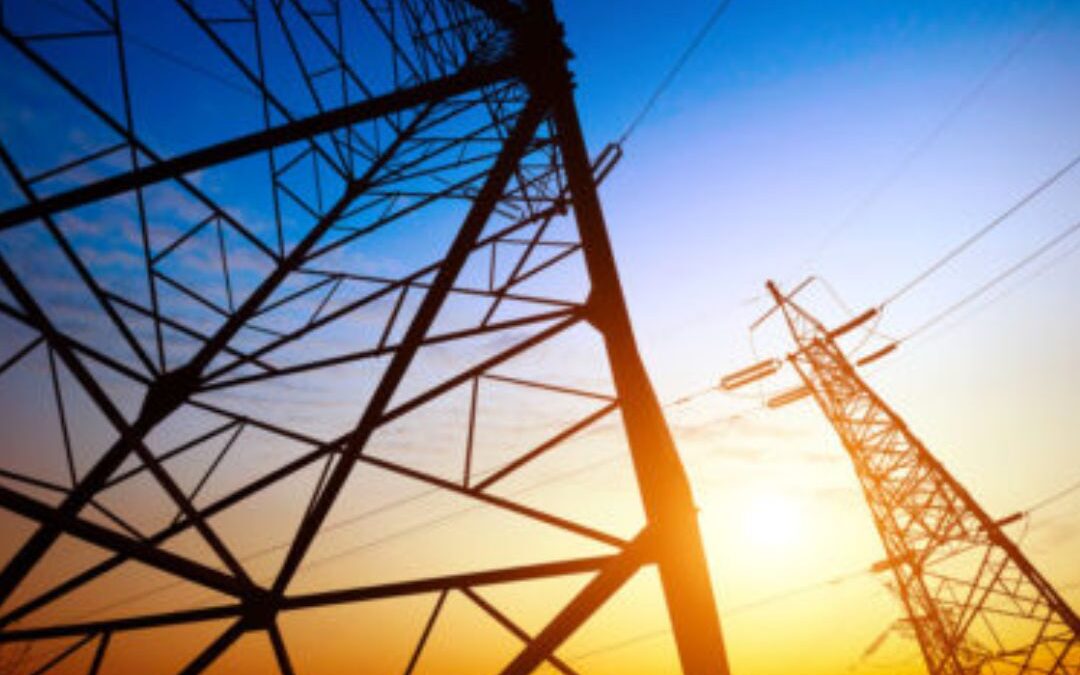- Embrace LED Lighting: One of the easiest ways to reduce your electricity bill is by replacing traditional incandescent bulbs with energy-efficient LED lights. LED bulbs use significantly less energy, last longer, and produce less heat. By making this simple switch, you can save up to 80% on lighting costs.
- Unplug Unused Electronics: Did you know that many electronic devices continue to draw power even when they’re turned off? This phenomenon, known as “vampire” or “phantom” energy, can contribute to a significant portion of your electricity bill. Make it a habit to unplug devices when not in use or use power strips with switches to cut off power to multiple devices at once.
- Optimize Your Thermostat: Heating and cooling your home can account for a large portion of your energy consumption. Set your thermostat to a comfortable yet energy-efficient temperature. Consider investing in a programmable or smart thermostat that allows you to adjust the temperature based on your schedule, saving energy when you’re away.
- Seal Air Leaks: Air leaks in your home can lead to energy wastage as conditioned air escapes and outdoor air infiltrates. Inspect doors, windows, and other potential areas for drafts and seal them with weatherstripping or caulking. This simple step can improve your home’s insulation and reduce heating and cooling costs.
- Upgrade to Energy-Efficient Appliances: Older appliances are notorious for being energy hogs. Consider upgrading to Energy Star certified appliances that meet stringent energy efficiency standards. Energy-efficient refrigerators, washing machines, and other appliances can significantly reduce your energy consumption and lower your electricity bill.
- Harness the Power of Natural Light: Make the most of natural light during the day by opening curtains and blinds. Maximize daylighting in your home to reduce the need for artificial lighting. Not only will this save energy, but it will also create a pleasant and inviting atmosphere.
- Use Energy-Efficient Power Strips: Power strips with built-in energy-saving features can help you manage the energy consumption of multiple devices. Look for power strips with timers, motion sensors, or occupancy sensors that automatically turn off power to idle devices, preventing energy waste.
- Opt for Energy-Efficient Cooling and Heating Systems: If your cooling or heating system is outdated, it may be worth considering an upgrade to a more energy-efficient model. Energy-efficient HVAC systems can provide significant long-term savings while keeping your home comfortable throughout the year.
- Conduct Regular HVAC Maintenance: Regular maintenance of your heating, ventilation, and air conditioning (HVAC) system can improve its efficiency and performance. Clean or replace air filters as recommended, and schedule professional HVAC inspections to ensure optimal operation and energy efficiency.
- Educate Your Household on Energy Conservation: Finally, spreading awareness about energy conservation habits among your household members can have a cumulative impact on your electricity bill. Encourage everyone to turn off lights when leaving a room, unplug chargers when not in use, and practice energy-conscious behaviors to collectively reduce energy consumption.
Conclusion: By implementing these ten strategies, you can significantly reduce your average home electricity bill by 15% or more. Remember, small changes in energy consumption habits and

